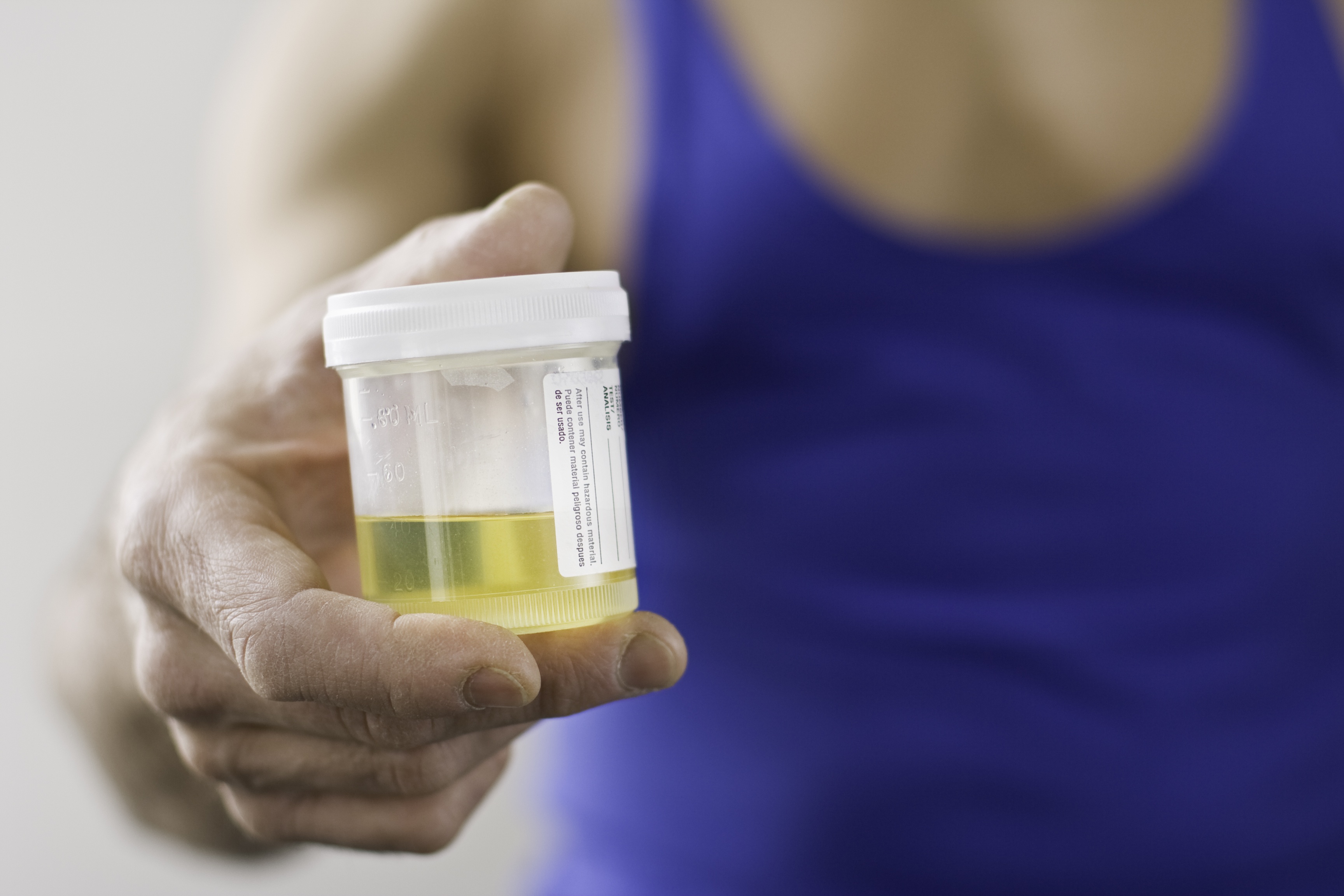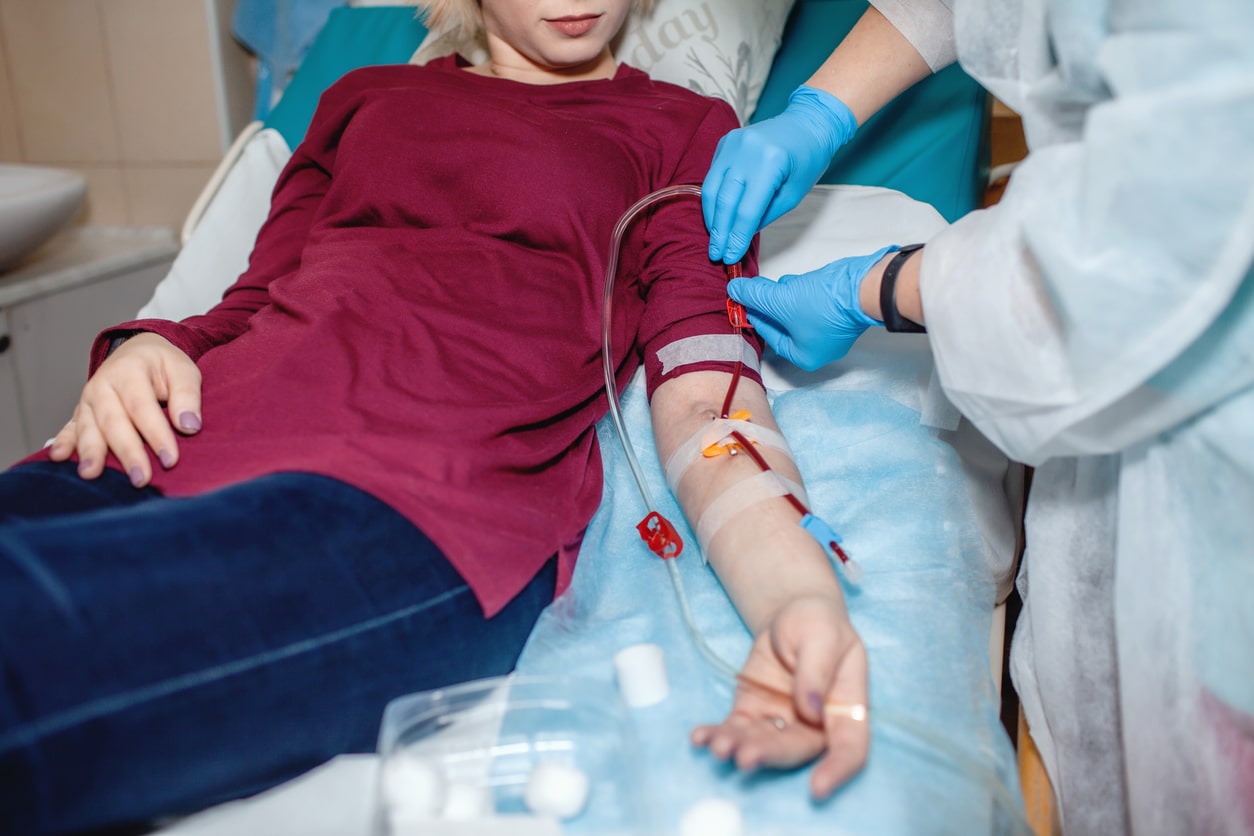Patients with hospitalized with COVID-19 frequently develop acute kidney injury (AKI) and may require renal replacement therapy (RRT). Laboratory measurements frequently include dipstick urinalysis, however, there are few data regarding the prognostic value of hematuria and proteinuria for kidney outcomes.
Meredith C. McAdams, MD, and colleagues conducted an analysis of data on patients with positive severe SARS-CoV-2 PCR who had a urinalysis obtained on admission to one of 20 hospitals. Results were reported online in BMC Nephrology [doi.org/10.1186/s12882-022-02677-y]. AKI and RRT were predicted during admission using nested models with degree of hematuria and proteinuria. The presence of chronic kidney disease (CKD) and baseline serum creatinine were added to test improvement in model fit.
Of 5980 eligible patients, 13.9% (n=829) developed AKI during admission; 18.0% (149/829) of those required RRT. There were significant increases in severity of AKI with degrees of proteinuria and hematuria (P<.001 for both). Any degree of proteinuria or hematuria was associated with an increased risk of AKI and RRT.
In predictive models of AKI, when compared with using only proteinuria and hematuria (area under the curve [AUC], 0.64; 95% CI, 0.62-0.67), the presence of CKD improved the AUC to 0.73 (95% confidence interval [CI], 0.71-0.75; P<.001), and adding baseline creatinine improved the AUC to 0.85 (95% CI, 0.83-0.86; P<.001).
In models of RRT, CKD status improved the AUC to 0.78 (95% CI, 0.75-0.82; P<.001) and baseline creatinine improved the AUC to 0.84 (95% CI, 0.80-0.88; P<.001) when compared with the base model (AUC, 0.72; 95% CI, 0.68-0.76). When both CKD and baseline serum creatinine were included, there was no significant improvement in model discrimination.
In summary, the authors said, “Proteinuria and hematuria values on dipstick urinalysis can be utilized to predict AKI and RRT in hospitalized patients with COVID-19. We derived formulas using these two readily available values to help prognosticate kidney outcomes in these patients. Furthermore, the incorporation of CKD or baseline creatinine increases the accuracy of these formulas.”







 © 2025 Mashup Media, LLC, a Formedics Property. All Rights Reserved.
© 2025 Mashup Media, LLC, a Formedics Property. All Rights Reserved.